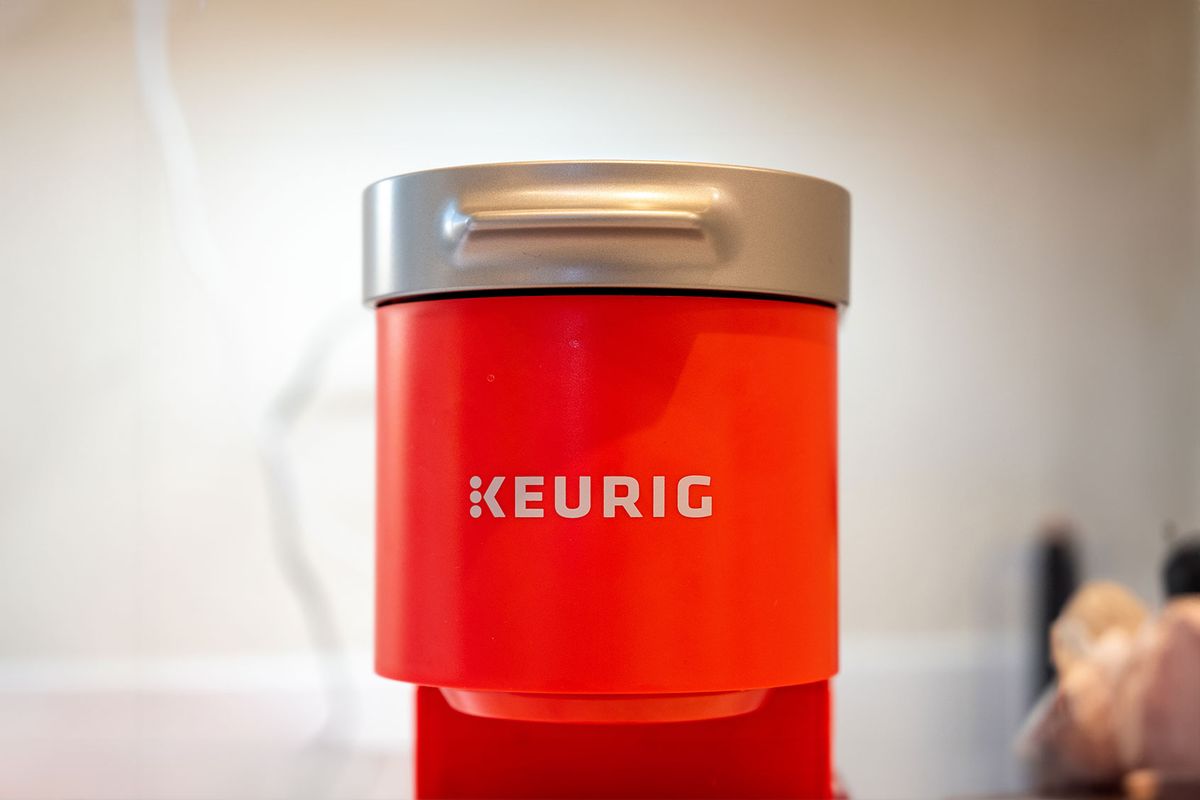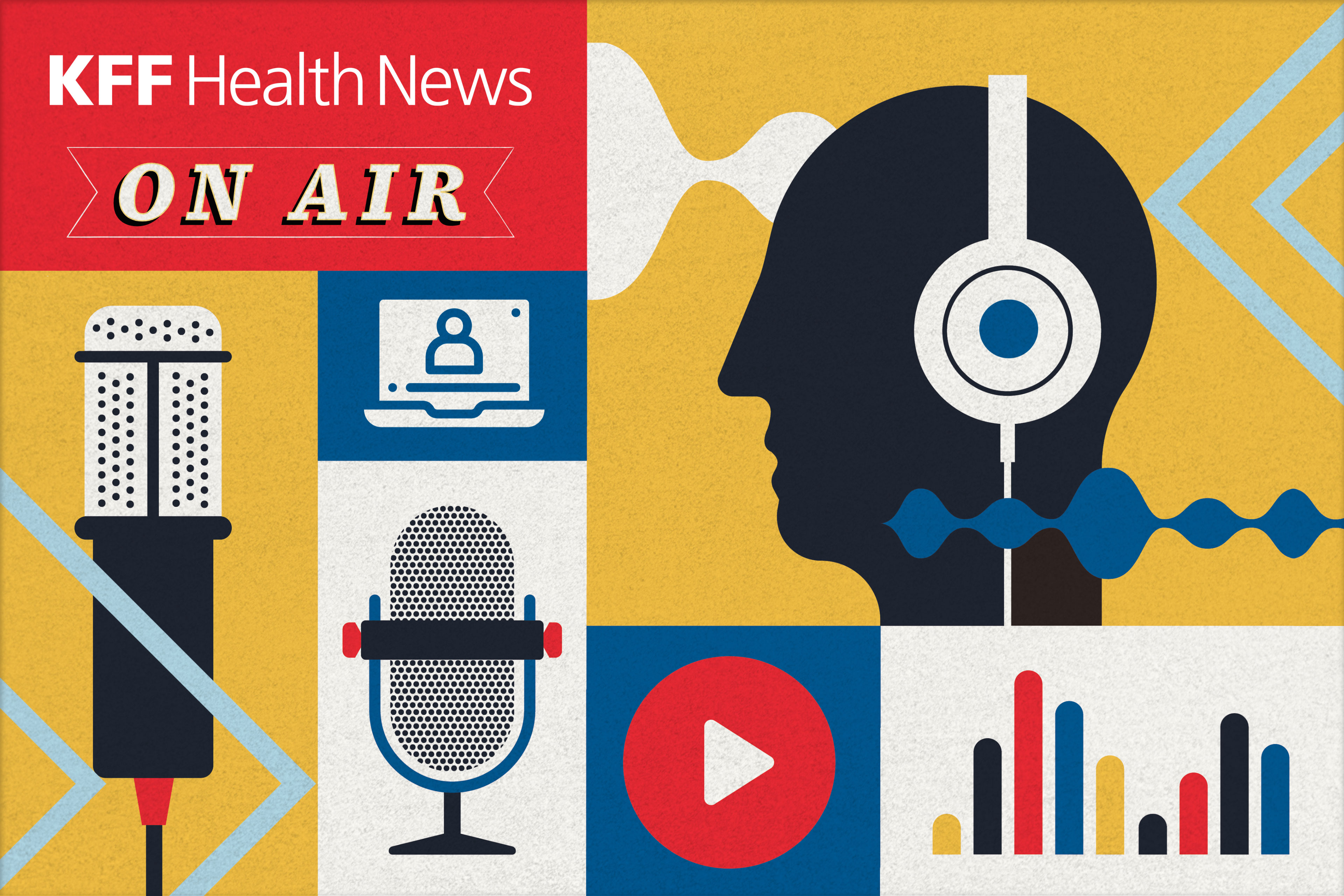When it comes to your teeth, sparkling water isn’t always as safe as you might think it is.
Some flavours could be hazardous to your oral health.
To see which products pose the greatest potential risk to your smile, Marketplace tested a number of Perrier, Bubly and LaCroix sparkling water flavours available on Canadian store shelves to find out which are most acidic.
WATCH | The truth about sparkling water and your teeth:
Everything we eat and drink has a pH level; the lower the pH level, the higher the acidity. Food and drinks that are acidic can pose a risk to your teeth because they can weaken a tooth’s enamel (the outer, protective layer of your teeth).
The Canadian Dental Association says people should be mindful of drinking some carbonated water drinks because “the higher acid levels significantly increase the risk of damage to tooth enamel and can increase the risk of erosion of the enamel and tooth decay.”

Unlike regular water from your tap, which has a neutral pH of between six and seven, some flavoured and sparkling waters can be acidic.
“When we have a pH below five, this can be a danger,” said Dr. Walter Siqueira of the University of Saskatchewan’s school of dentistry.
Previous studies have found some flavoured carbonated waters to have pH levels as low as three, just slightly better than Coca-Cola, which has been found to have a pH of just over two.
Using a pH metre and pH test trips, Siqueira and his team at the University of Saskatchewan measured the acidity of the selected drinks. All were found to have a pH of below 5.5, and some were considerably more acidic than others.

Bubly had the most acidic products Marketplace tested. Its cherry, grapefruit and lime flavours all had pH levels below four.
Interestingly, the pH levels in the grapefruit flavoured-products Marketplace tested varied significantly.
Bubly’s grapefruit flavour was considerably more acidic than the other two brands tested with a pH of 3.86, compared to LaCroix’s 4.71 and Perrier’s 5.46.
How beverages are consumed also matters
Sequira said pH levels below four can start wearing down enamel, which is irreversible. However, the potential impact on your teeth has a lot to do with how, and how often, you consume the product.
The best way to enjoy bubbles, according to Siqueira and others, is not to sip it constantly or over a long period of time. Rather, it should be consumed with a meal, and relatively quickly, “so you provide enough time for your saliva to recover,” and return to a neutral pH.
Our saliva is capable of rebalancing the pH levels in our mouths, which can slow and prevent the process of enamel erosion.

Siqueira suggests that about 20 minutes after consuming the drink is enough time for your saliva to recover, and rinsing your mouth with regular water can help move things along.
This is why Siqueira and others warn against sipping on flavoured or carbonated drinks constantly throughout the day. You simply do not give your mouth an opportunity to rebalance its pH.
When asked about the results of our test, LaCroix told Marketplace the pH levels of its drinks “vary by flavour” — and notes they’re still less acidic than soft drinks and most juice drinks.
Bubly and Perrier responded through a statement from the Food and Beverage Association, saying in part that there are lots of foods and beverages that are more acidic than their drinks and all of them can “be consumed safely when combined with good oral hygiene.”
While the Canadian Dental Association acknowledges sparkling water is far better for your teeth than sugary drinks, it maintains regular, fluoridated water is the best beverage for your teeth.
If you do choose to consume carbonated water, some experts suggest you consider drinking it through a straw. The less contact the beverage has with your teeth, the safer it is for your smile.



















Discussion about this post